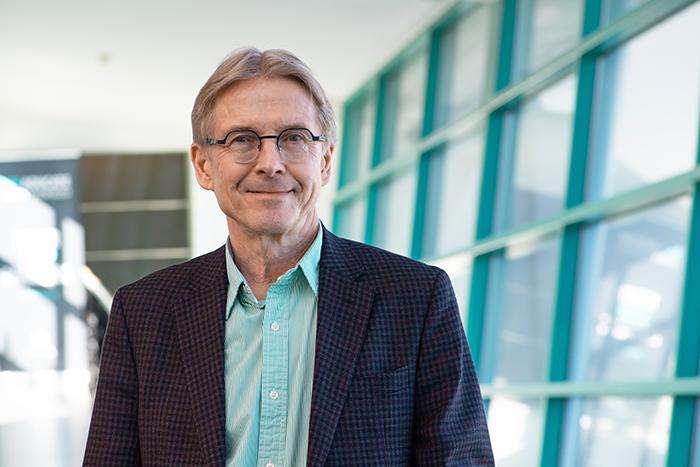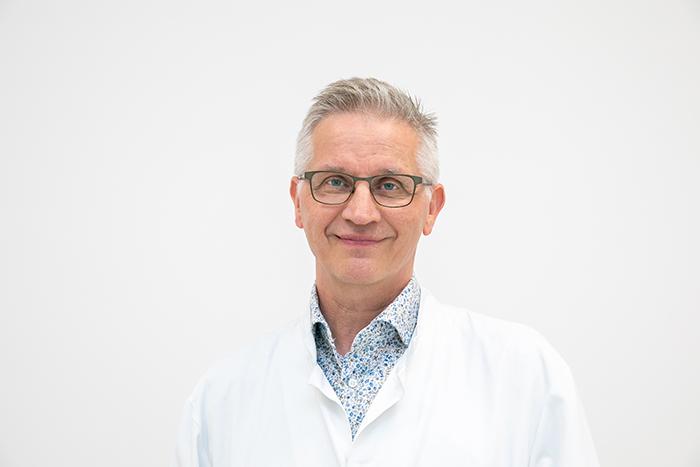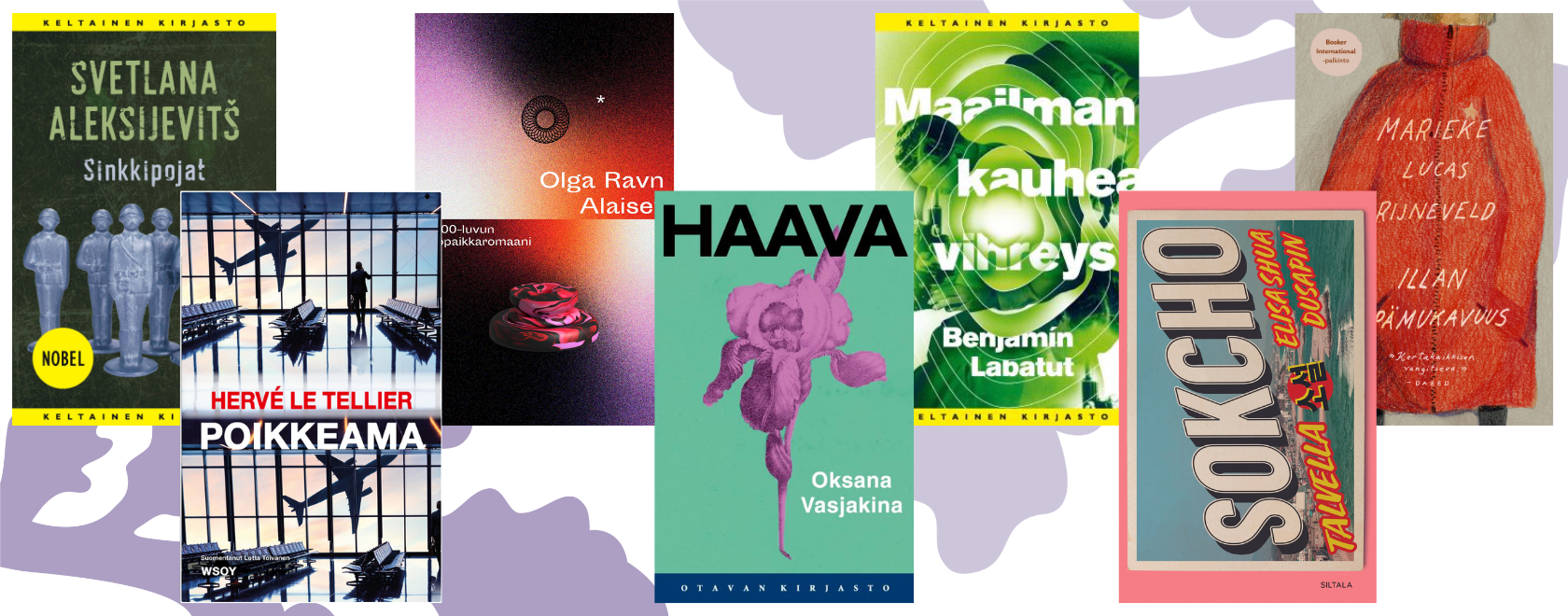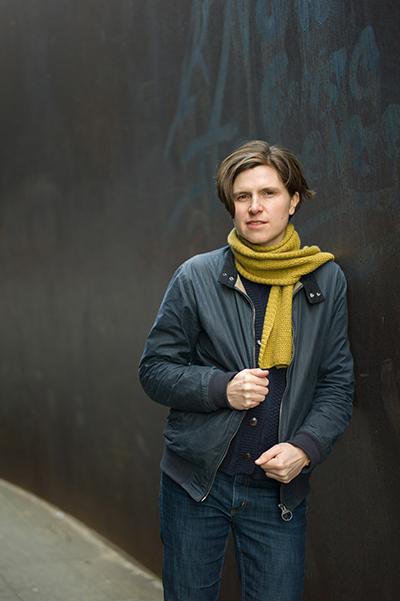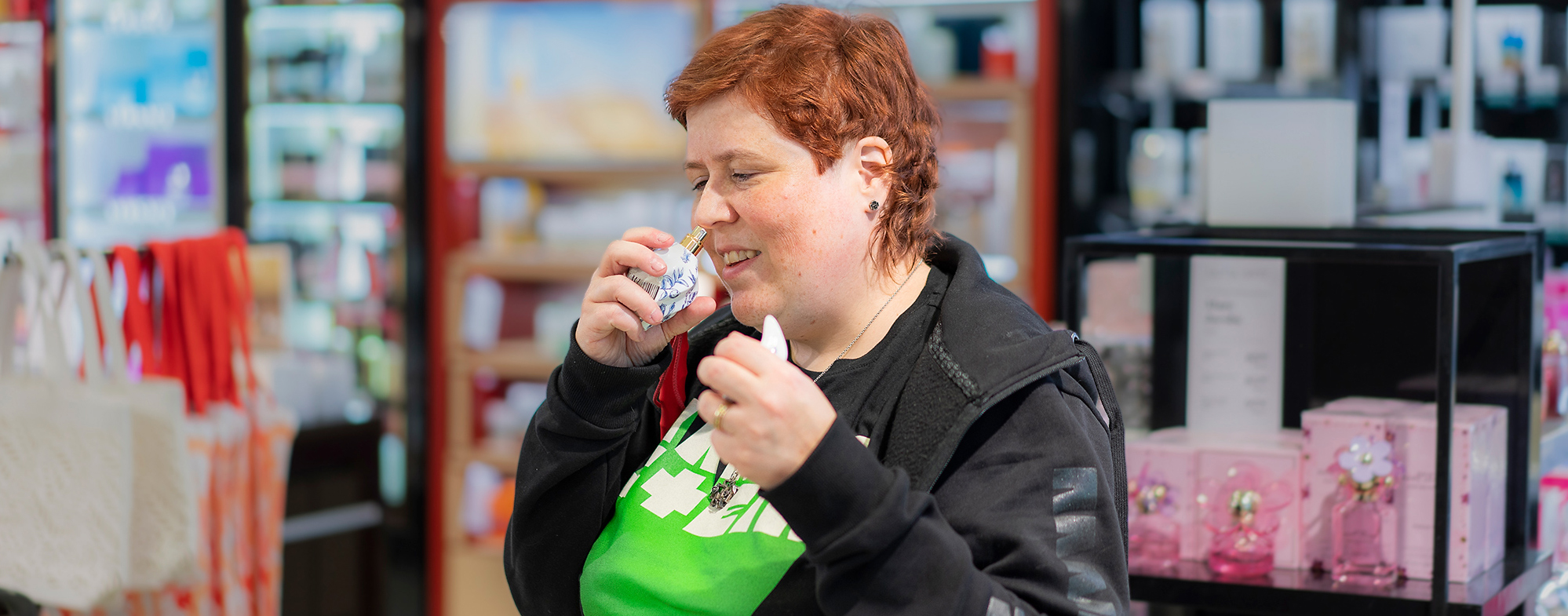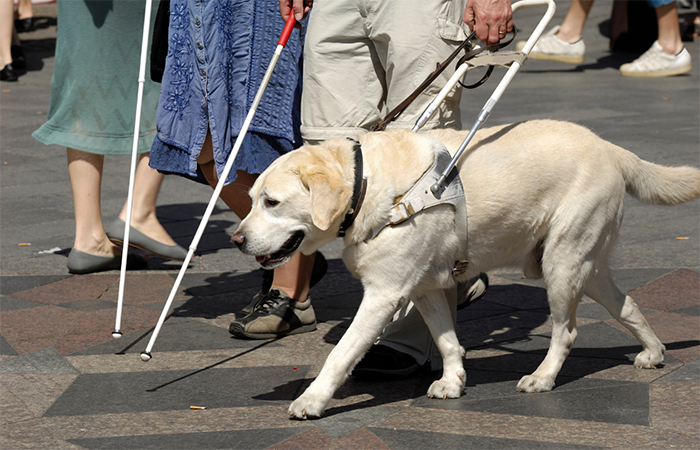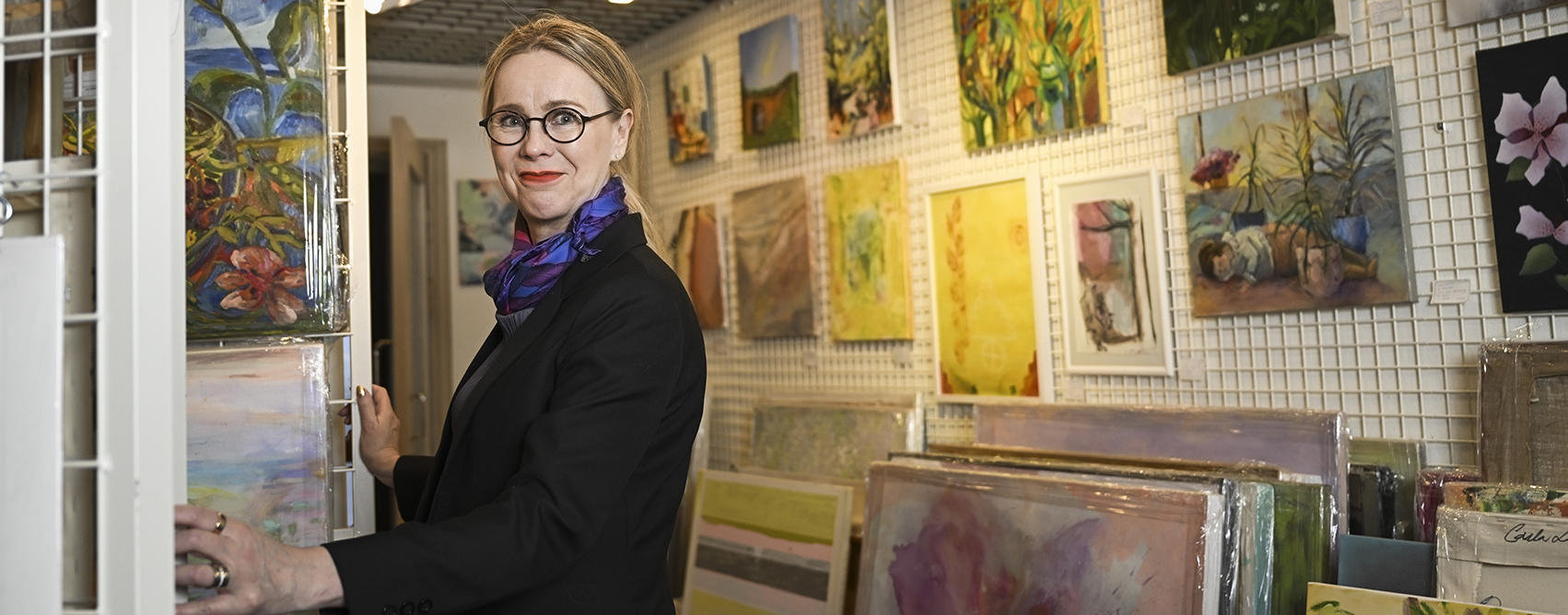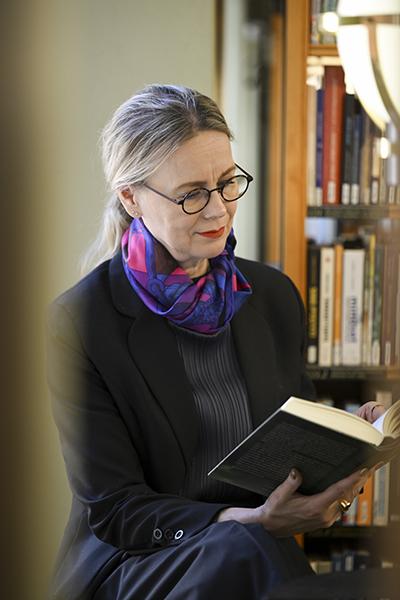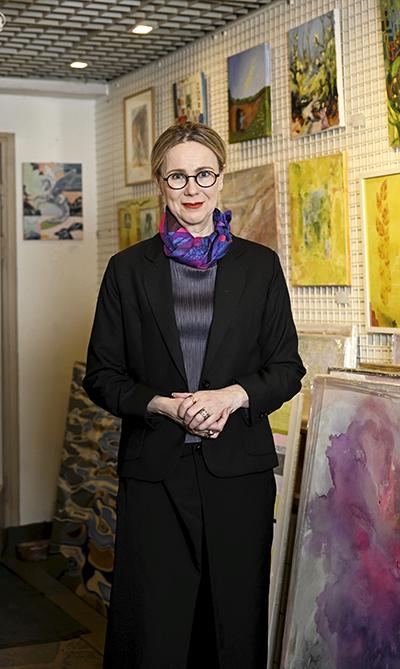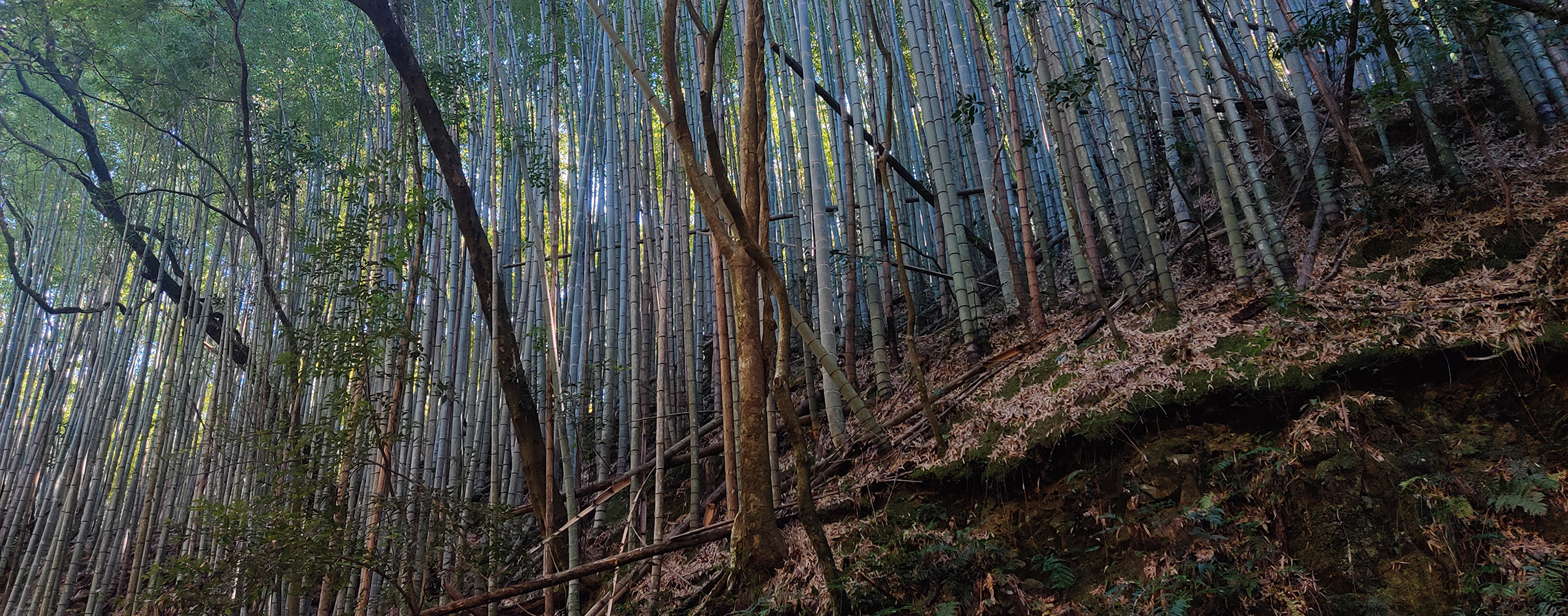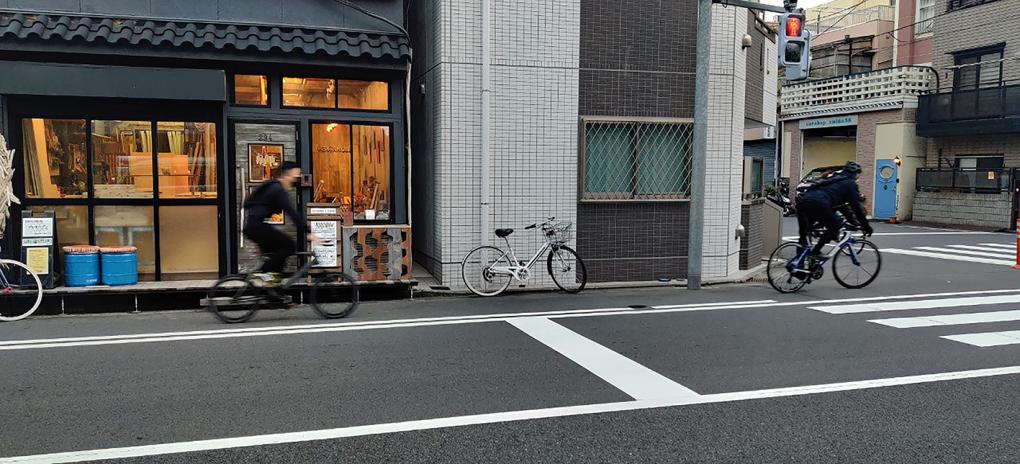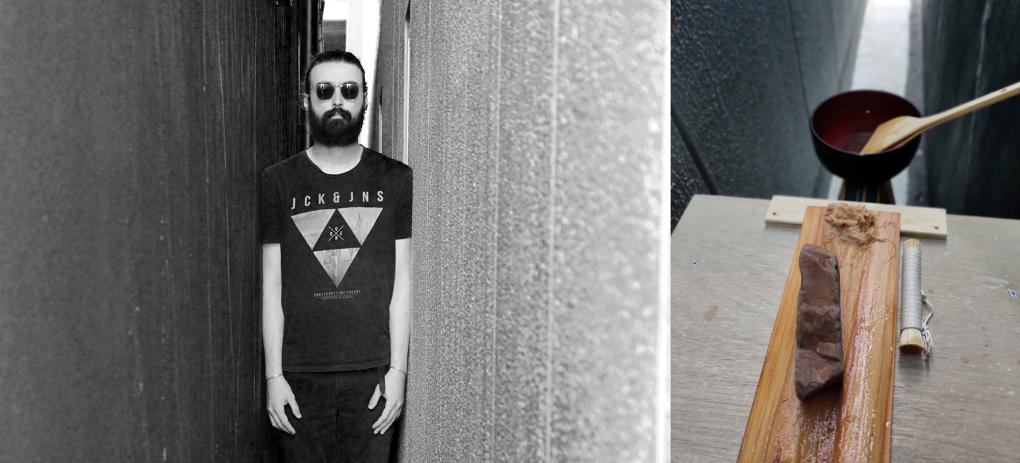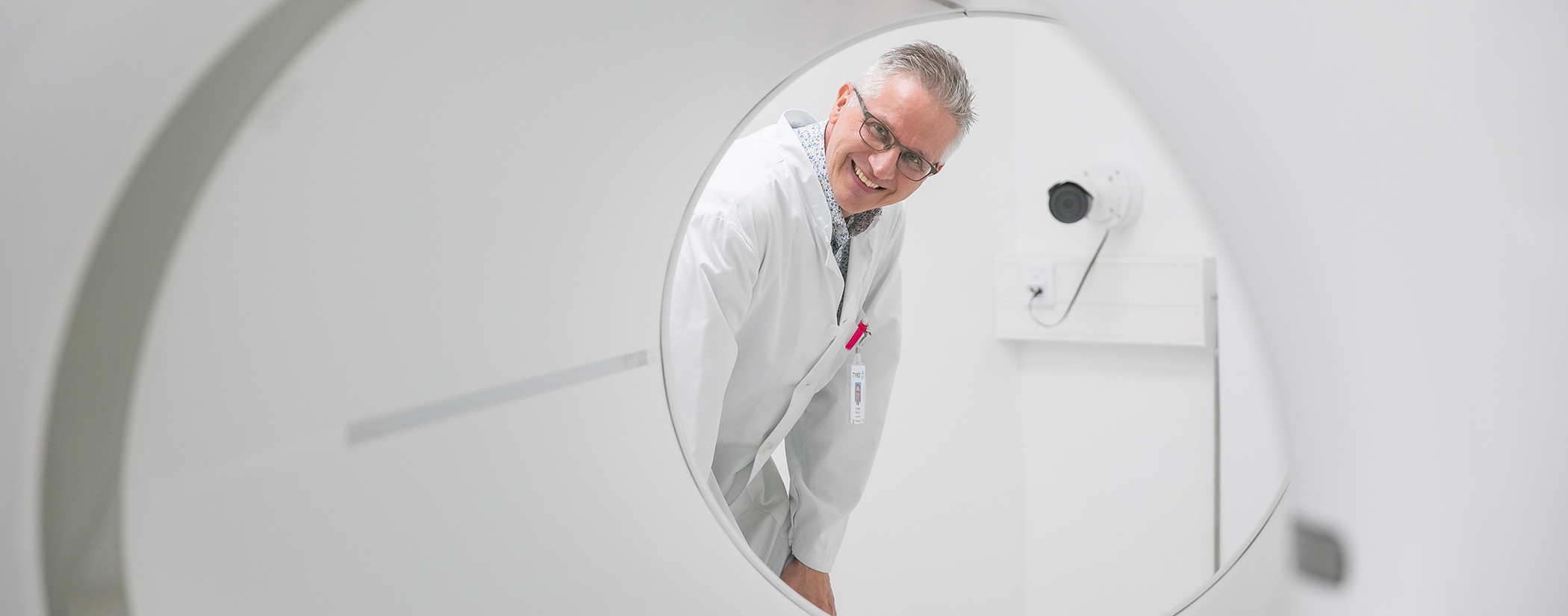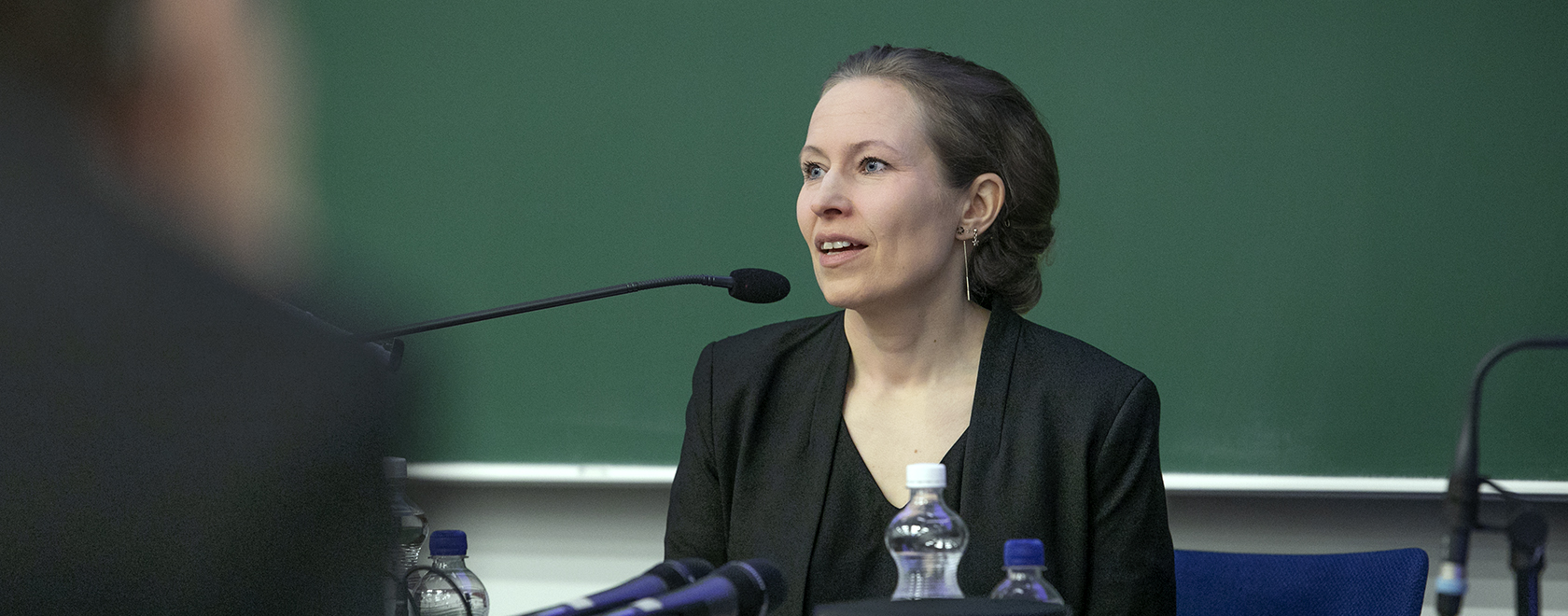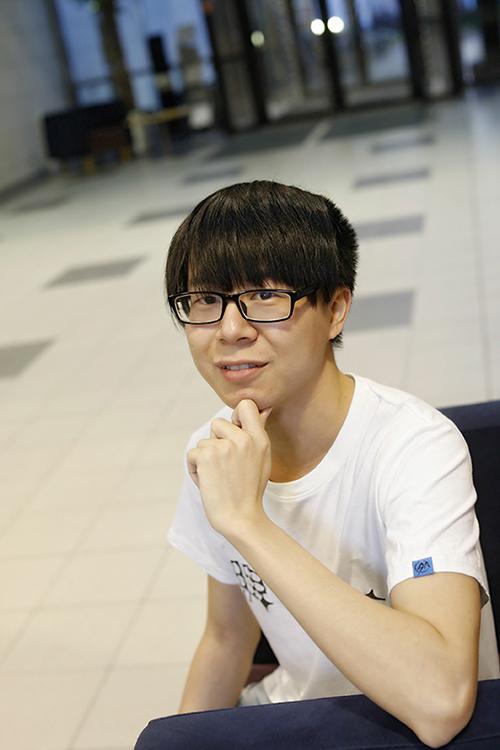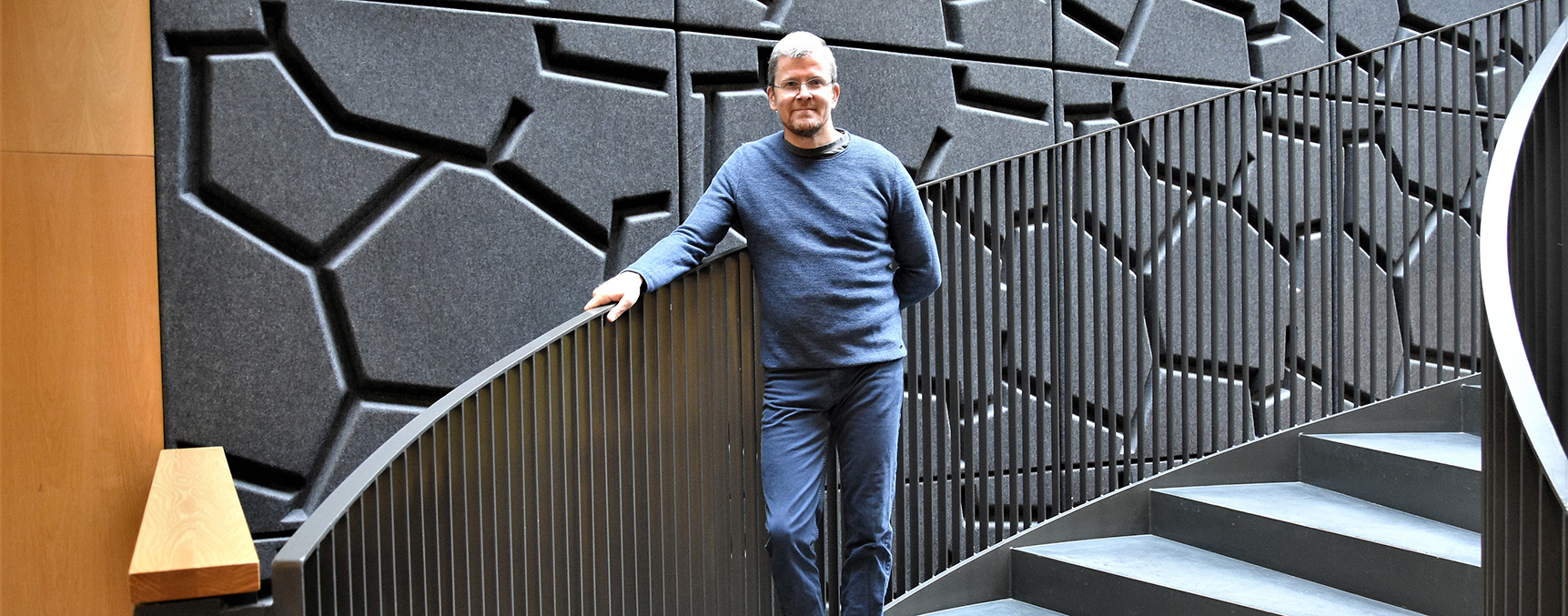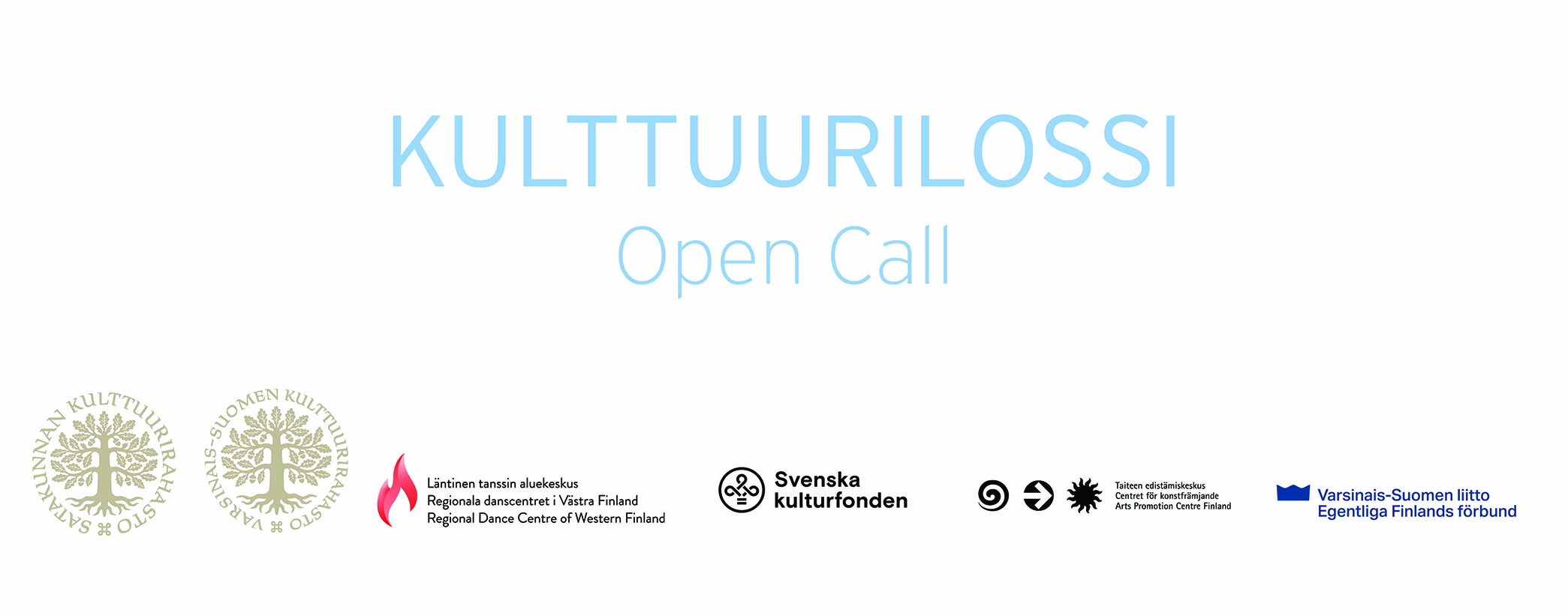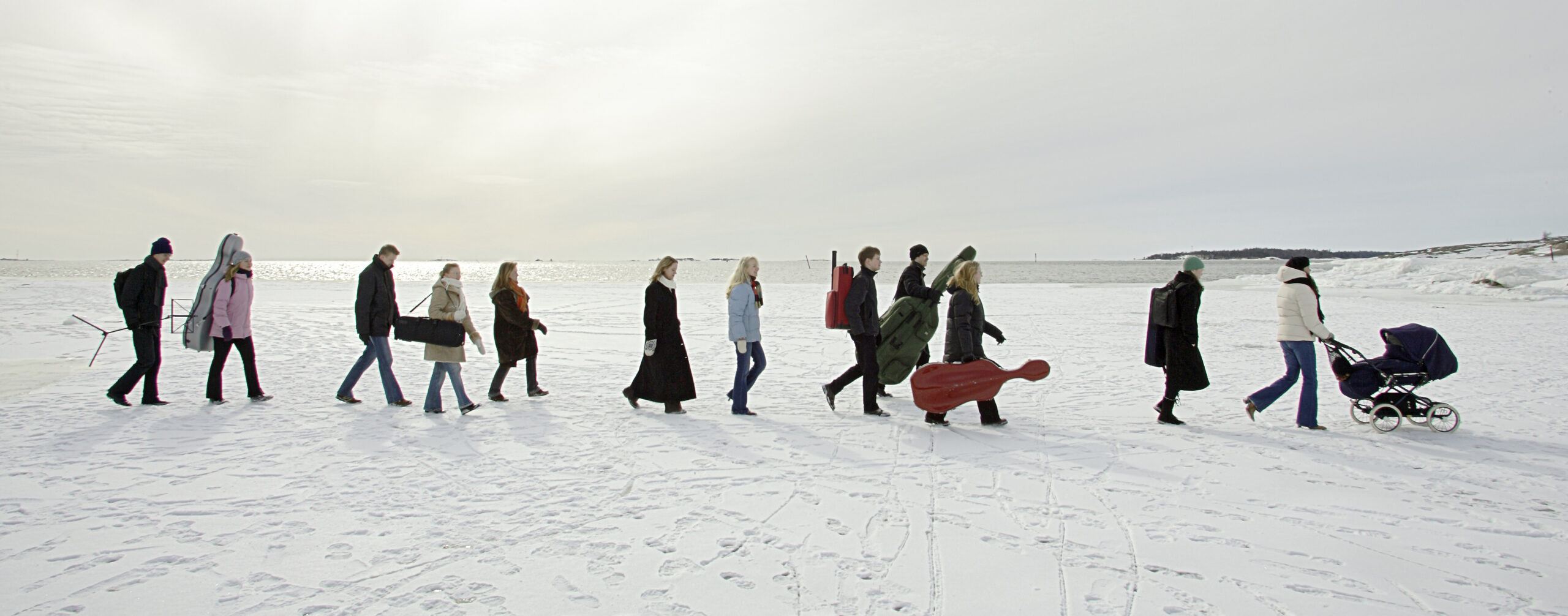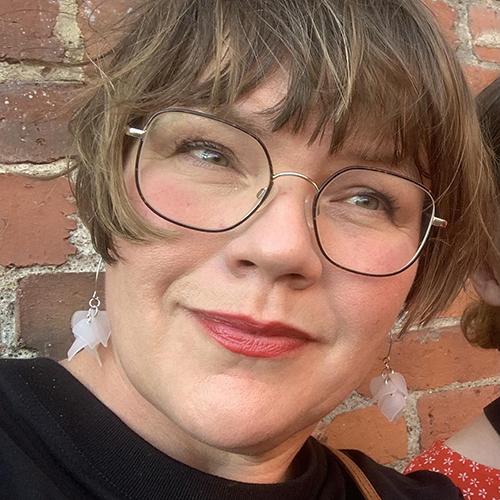Unique heart research
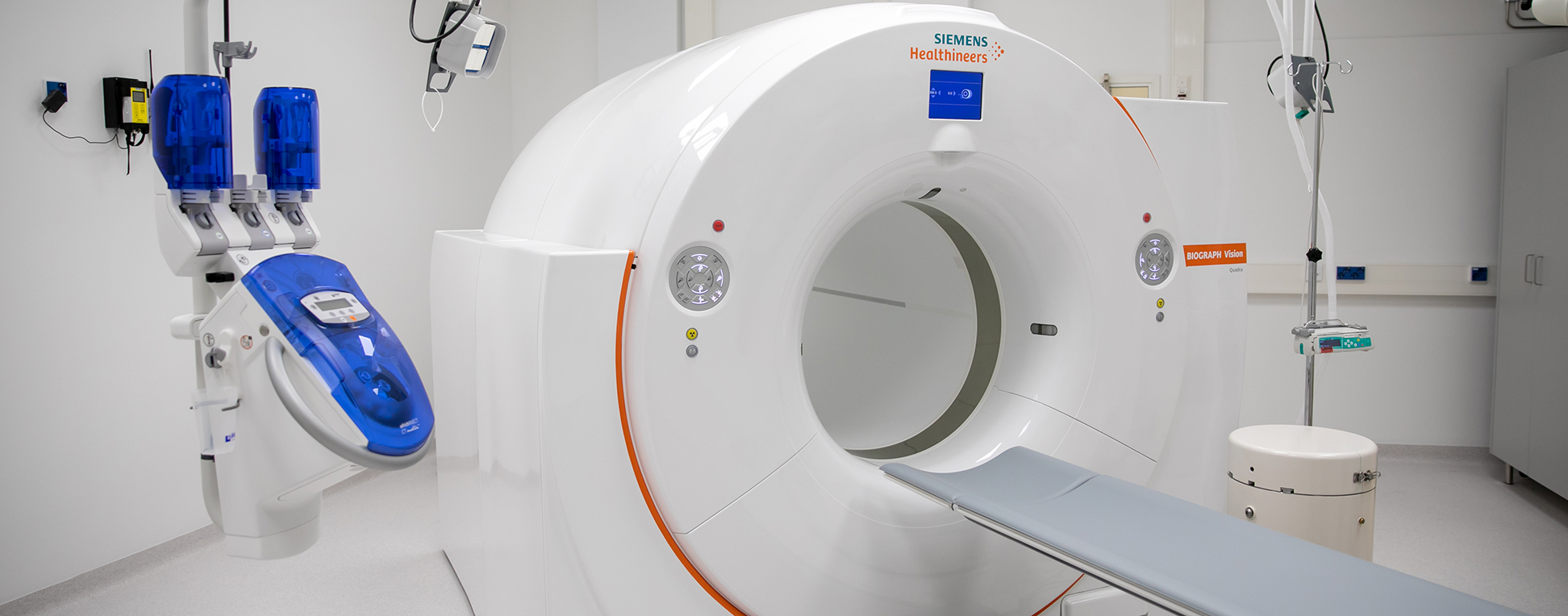
Text: Essi Kähkönen
Heart attack patients receive good care in Finland. They get to the hospital quickly, the blocked coronary artery is opened, and they get the medication they need and thorough follow-up. When they also manage to improve their lifestyle, everything is fine, isn’t it?
Not necessarily. It’s crucial and life-saving to open the coronary artery, but this can also cause problems. Blood clot breakdown medication (lysis) through a catheter, artery dilation, and stent insertion to keep the artery open can all damage the coronary artery.
“In connection with the treatment, a strong inflammatory reaction transmitted by white blood cells starts that further increases the cardiac muscle damages caused by the artery blockage. In the worst case, opening the blockage can lead to heart insufficiency”, explains Professor Seppo Ylä-Herttuala from the University of Eastern Finland.
Gene therapy for heart diseases on the way
Ylä-Herttuala’s research group received a grant of €200,000 from the Finnish Cultural Foundation this spring for research on a new kind of gene therapy for heart insufficiency and for ischemia-reperfusion injury caused when opening up blocked coronary arteries.
Six cardiovascular disease research projects received a total of one million euros in grants in the spring of 2023 from various regional funds of the Finnish Cultural Foundation.
Gene therapy of heart diseases also provides new prospects in the prevention and treatment of complications caused by coronary artery disease treatment.
“Coronary artery disease and the heart attacks it causes affect very many patients. About 25,000 Finns get a heart attack each year, and at least as many balloon angioplasties are performed in Finland.”
The problems caused when arteries are unblocked have wide-ranging effects on the lives of patients.
“Especially heart insufficiency is a disease that tends to slowly get worse, and then patients’ quality of life decreases and their prognoses get significantly worse.”
One treatment could be enough
Ylä-Herttuala’s research group is currently developing a gene therapy that could already be applied when opening a blocked coronary artery. At the moment, there are two noteworthy gene candidates. They would be transferred into the coronary artery by means of a modified adenovirus or certain nanoparticles.
“The desired treatment response could already be achieved by a single gene transfer. The gene therapy would clear up the artery wall’s inflammation for up to two weeks – that would be enough to prevent tissue damage.”
“At present, traditional medication can’t achieve similar results.”
The brain also reacts to heart disease
Professor Juhani Knuuti’s research group received the largest grant, €264,500, as part of the one million euros awarded by the Finnish Cultural Foundation.
The KOVERI research project at the University of Turku’s PET Centre is studying the imaging of changes related to coronary artery disease (CAD) in other organs and is producing unique knowledge on this topic.
Knuuti says that this kind of research has not yet been conducted anywhere else.
“Our project is searching for answers to questions such as how coronary artery disease affects the arterial circulation of, for example, the brain, kidneys, liver, and pancreas.”
Coronary artery disease affects the entire body
Knuuti points out that the disease that narrows the coronary arteries doesn’t just damage the heart, but all of the body’s arteries.
“A person suffering from coronary artery disease may have signs of an unnoticed stroke, for example. So blockages of brain arteries can be the consequences of the artery disease that causes chest pain”, he explains.
Until now, medical science has had no easy way of studying how coronary artery disease (CAD) affects other organs.
“What’s completely new in the project is that we’re studying this with a PET/CT scanner that can simultaneously image the entire body. By scanning the entire body, we can detect possible arterial changes in all organs already before symptoms appear.”
Knuuti hopes the KOVERI project will help to improve current treatment of CAD.
“At best, coronary artery disease will be found early enough – before it has time to cause a heart attack or stroke and damages other organs too.”
